Exhibited: Connell Gallery, London, Painting and Sculpture by J. D. Fergusson, May 1918, no.21 Stability comes from a series of female heads that Fergusson painted in 1916, which includes works as diverse as Joan (Dundee Museums & Galleries, acc.no.25-1956) and Simplicity (Private Collection). From the beginning of his career, Fergusson had been mesmerised by female beauty, most strikingly realised in images of his partner Jean Maconochie in Edinburgh and thereafter of the American artist Anne Estelle Rice in pre-war Paris. After meeting his future wife, the dance pioneer Margaret Morris in the French capital in 1913, she and her pupils provided a lifelong source of subject matter on the theme of the female form, particularly in motion. On the outbreak of World War One, Fergusson moved from the Cap d’Antibes to London, where Morris had established a dance school, theatre and social club on the King’s Road in Chelsea. A wide range of creative types were members of the latter, including the artist Percy Wyndham Lewis the poet and writer Edith Sitwell and the musician Constant Lambert; when Charles Rennie Mackintosh and his wife Margaret Macdonald Mackintosh moved nearby, they were made Honorary Members. Fergusson thus settled into London’s avant-garde set with ease. Little work by Fergusson survives from the war years, but Stability reveals the impact living in Paris between 1907 and 1913 had on his practice. Whilst there, his work had undergone a dramatic change, from Edwardian sophistication to a cutting-edge technique, palette and aesthetic. He absorbed the contemporary progress made by artists including Henri Matisse and the Fauves, whose new work he saw at first-hand, and turned it into something uniquely his own. Indeed, Fergusson’s contribution to the modern movement was recognised in his election as a sociétaire of the progressive Salon d’Automne in 1909. The strict profile composition of Stability, the deliberate brushwork used to convey form and shadow, whilst adding rhythm throughout the surface, as well as the sculptural treatment of the sitter’s hair, brought Paris to London. It was one of thirty-two paintings and four sculptures shown in Fergusson’s solo exhibition at The Connell Gallery in the English capital in May 1918. Fergusson’s co-founder of the innovative Rhythm journal, John Middleton Murry, wrote its introduction. Two months later Fergusson was granted permission by the Admiralty ’to go to Portsmouth to gather impressions for painting a picture’.[1] The completion of the resultant paintings co-incided with the end of the conflict. Fergusson was to live in London for another eleven years before returning to Paris until the outbreak of World War Two. [1] Letter from Commodore Sir Douglas Brownrigg to J. D. Fergusson of 9 July 1918, Imperial War Museum Archive, file ref.216/6, no.27, quoted in Alice Strang et al, J. D. Fergusson, Edinburgh 2013, p.21.
Exhibited: Connell Gallery, London, Painting and Sculpture by J. D. Fergusson, May 1918, no.21 Stability comes from a series of female heads that Fergusson painted in 1916, which includes works as diverse as Joan (Dundee Museums & Galleries, acc.no.25-1956) and Simplicity (Private Collection). From the beginning of his career, Fergusson had been mesmerised by female beauty, most strikingly realised in images of his partner Jean Maconochie in Edinburgh and thereafter of the American artist Anne Estelle Rice in pre-war Paris. After meeting his future wife, the dance pioneer Margaret Morris in the French capital in 1913, she and her pupils provided a lifelong source of subject matter on the theme of the female form, particularly in motion. On the outbreak of World War One, Fergusson moved from the Cap d’Antibes to London, where Morris had established a dance school, theatre and social club on the King’s Road in Chelsea. A wide range of creative types were members of the latter, including the artist Percy Wyndham Lewis the poet and writer Edith Sitwell and the musician Constant Lambert; when Charles Rennie Mackintosh and his wife Margaret Macdonald Mackintosh moved nearby, they were made Honorary Members. Fergusson thus settled into London’s avant-garde set with ease. Little work by Fergusson survives from the war years, but Stability reveals the impact living in Paris between 1907 and 1913 had on his practice. Whilst there, his work had undergone a dramatic change, from Edwardian sophistication to a cutting-edge technique, palette and aesthetic. He absorbed the contemporary progress made by artists including Henri Matisse and the Fauves, whose new work he saw at first-hand, and turned it into something uniquely his own. Indeed, Fergusson’s contribution to the modern movement was recognised in his election as a sociétaire of the progressive Salon d’Automne in 1909. The strict profile composition of Stability, the deliberate brushwork used to convey form and shadow, whilst adding rhythm throughout the surface, as well as the sculptural treatment of the sitter’s hair, brought Paris to London. It was one of thirty-two paintings and four sculptures shown in Fergusson’s solo exhibition at The Connell Gallery in the English capital in May 1918. Fergusson’s co-founder of the innovative Rhythm journal, John Middleton Murry, wrote its introduction. Two months later Fergusson was granted permission by the Admiralty ’to go to Portsmouth to gather impressions for painting a picture’.[1] The completion of the resultant paintings co-incided with the end of the conflict. Fergusson was to live in London for another eleven years before returning to Paris until the outbreak of World War Two. [1] Letter from Commodore Sir Douglas Brownrigg to J. D. Fergusson of 9 July 1918, Imperial War Museum Archive, file ref.216/6, no.27, quoted in Alice Strang et al, J. D. Fergusson, Edinburgh 2013, p.21.
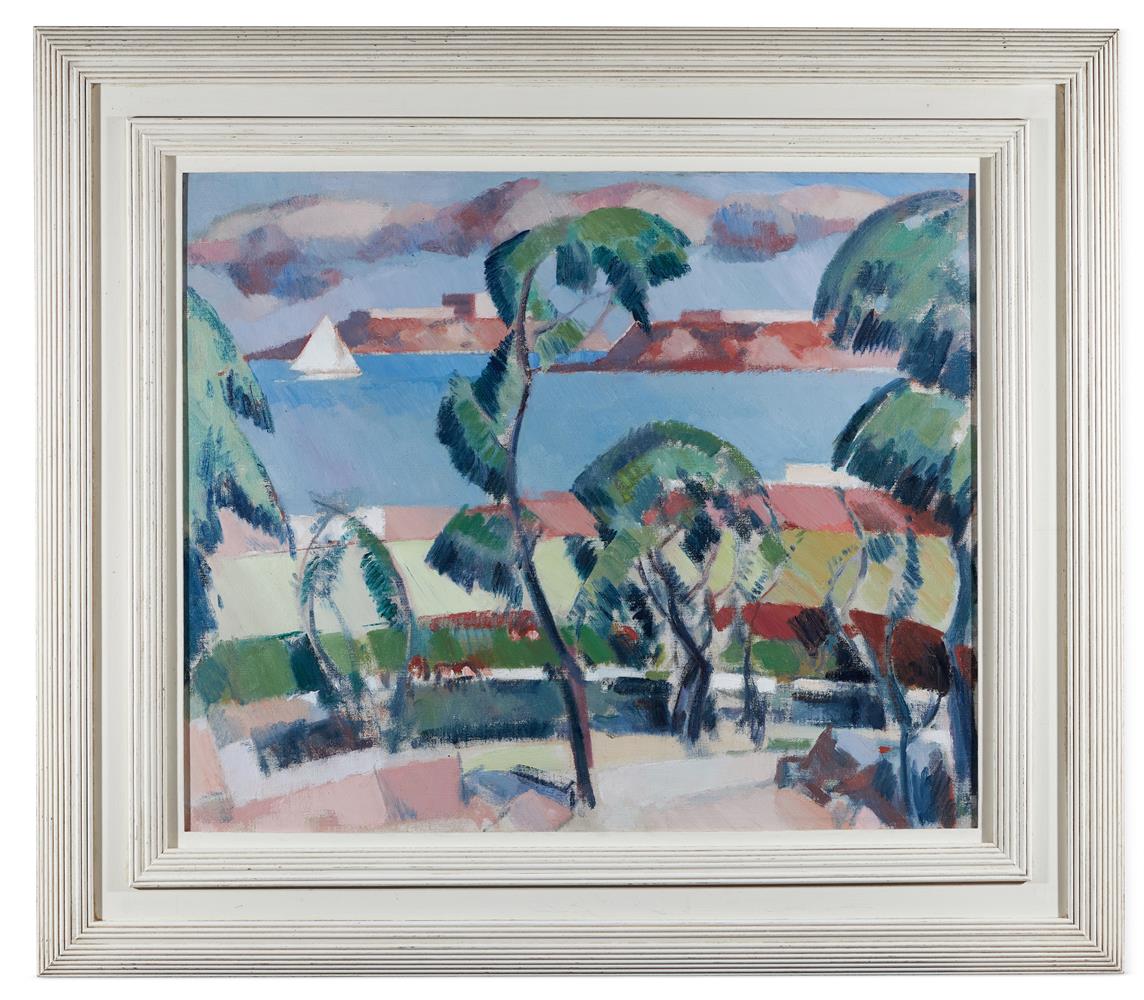
.jpg)
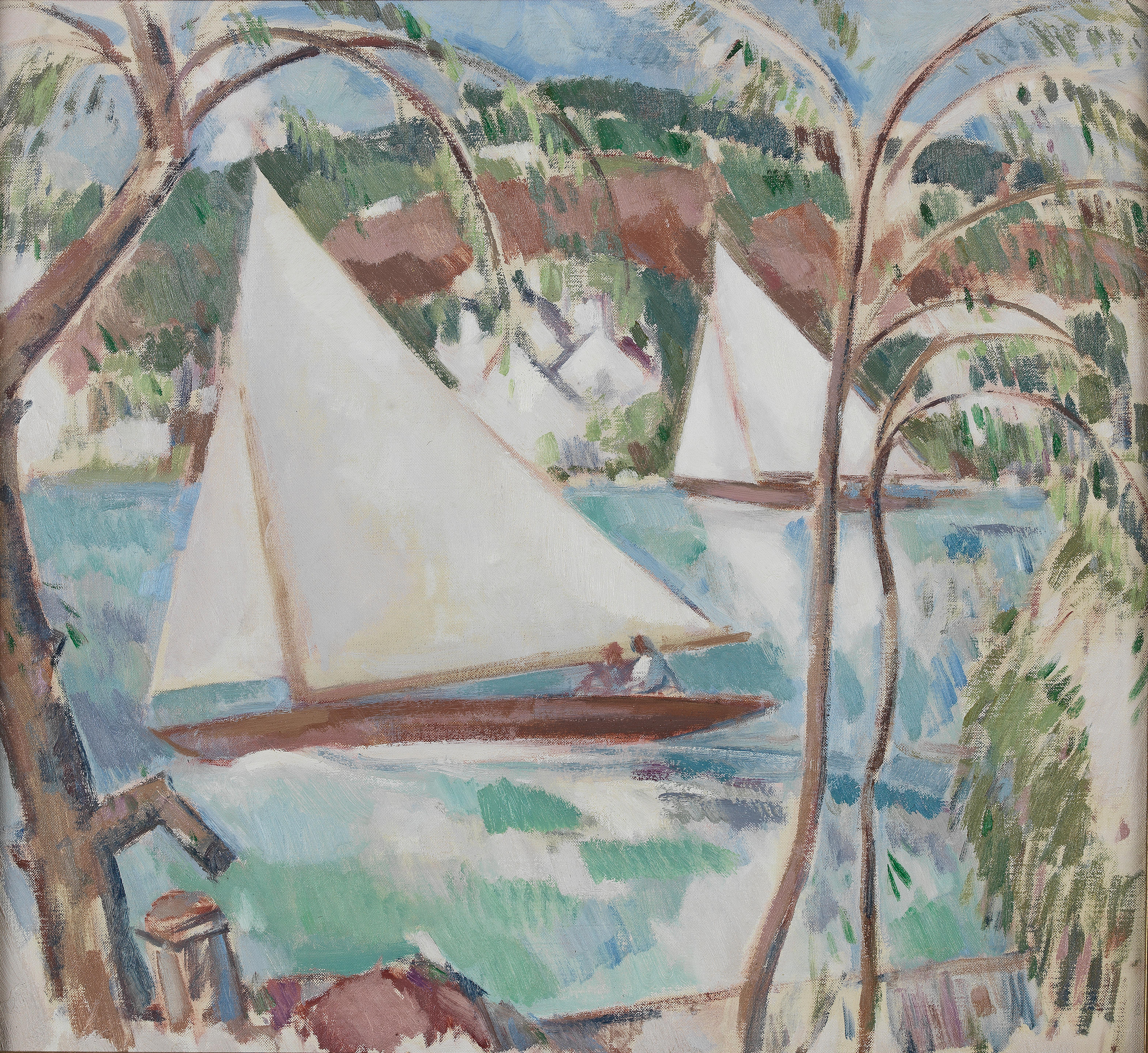
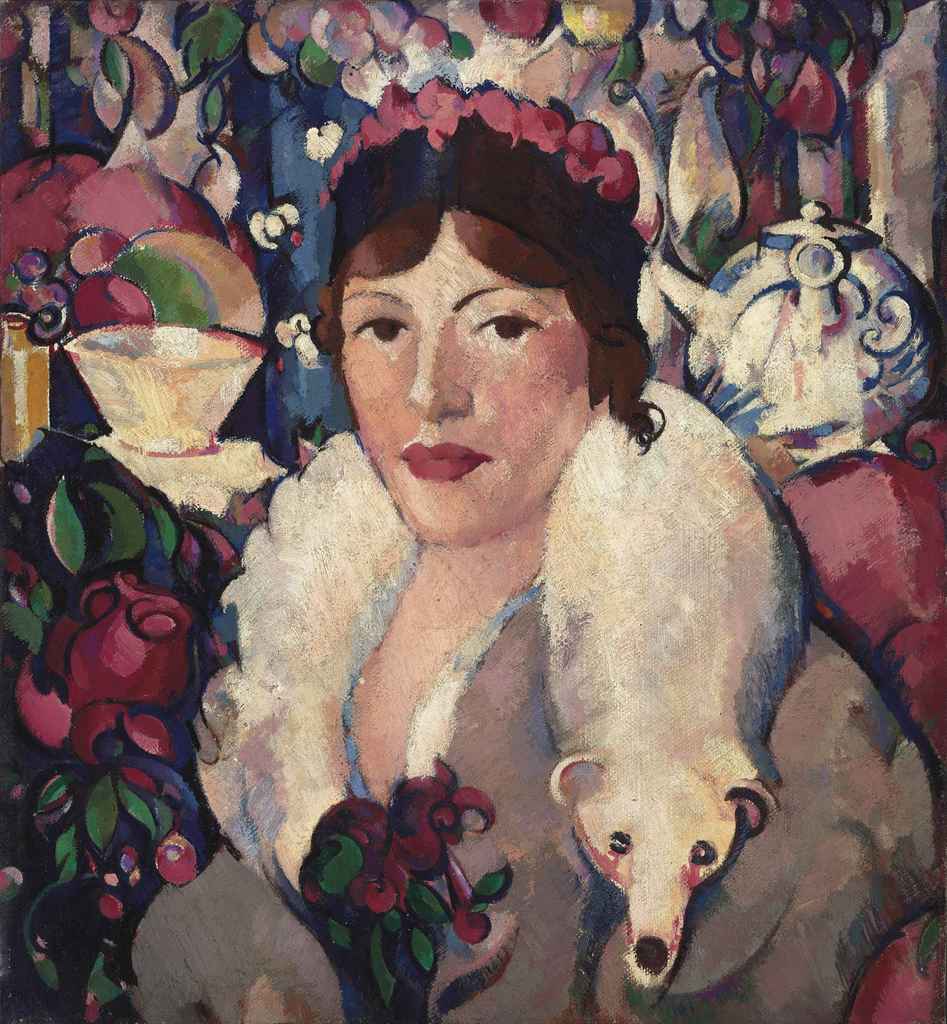
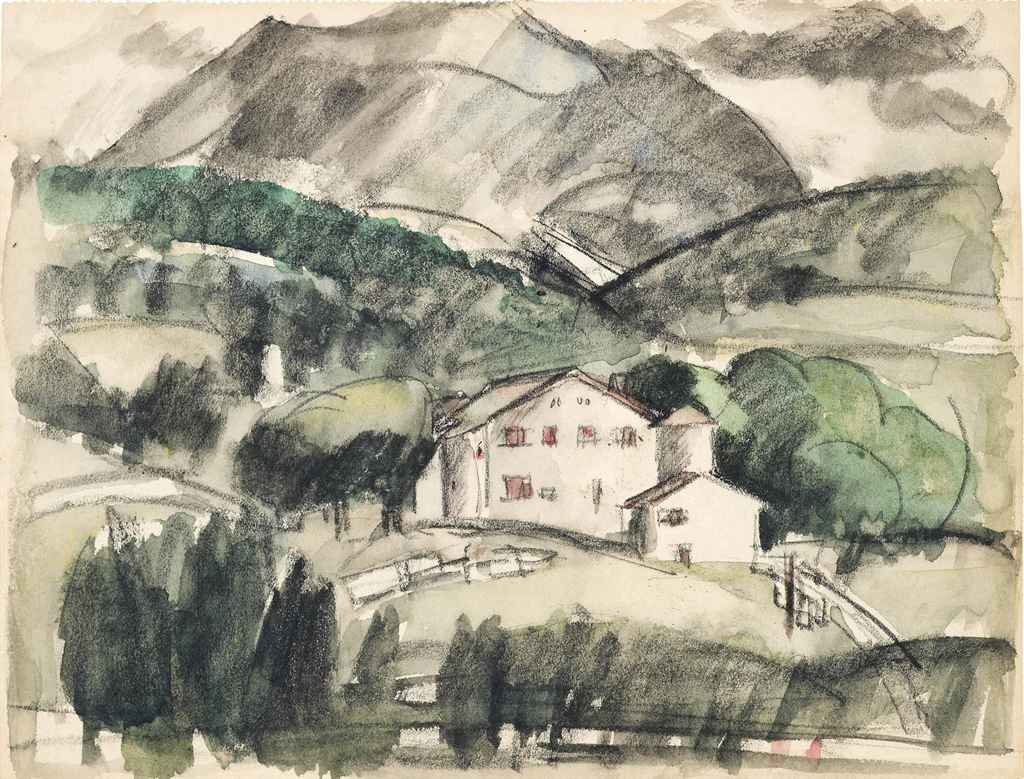
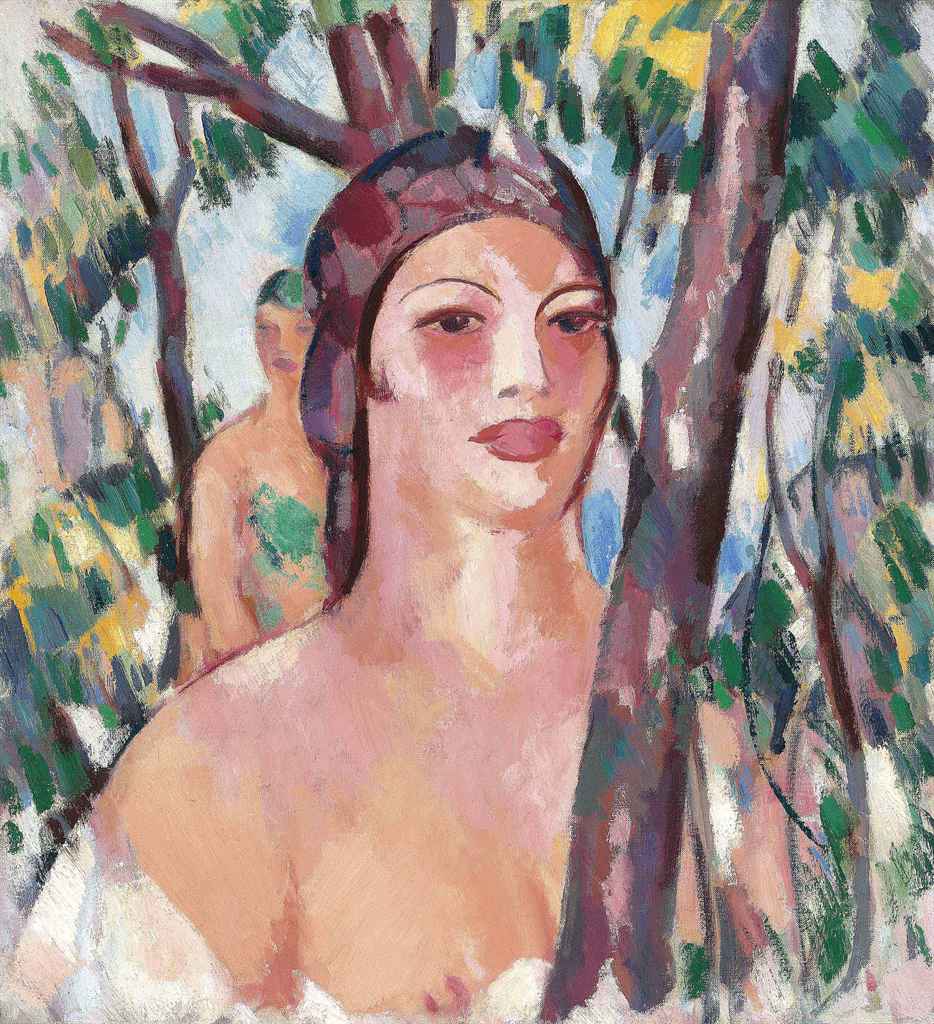
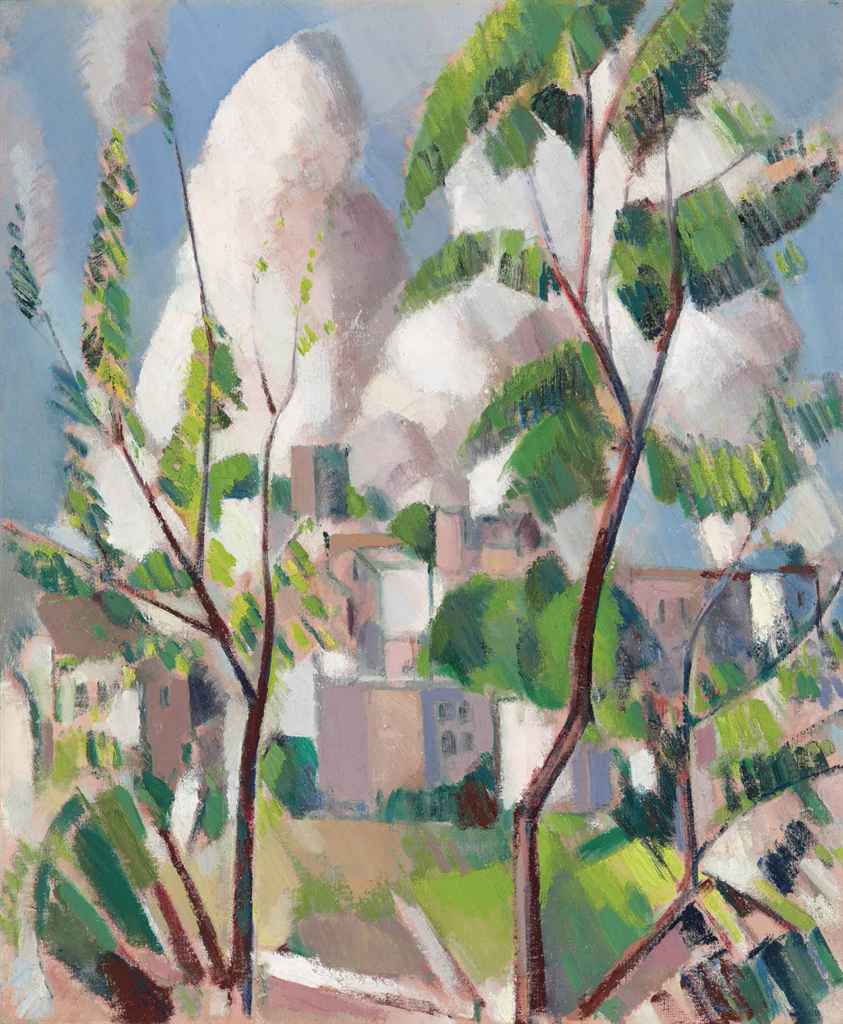
.jpg)
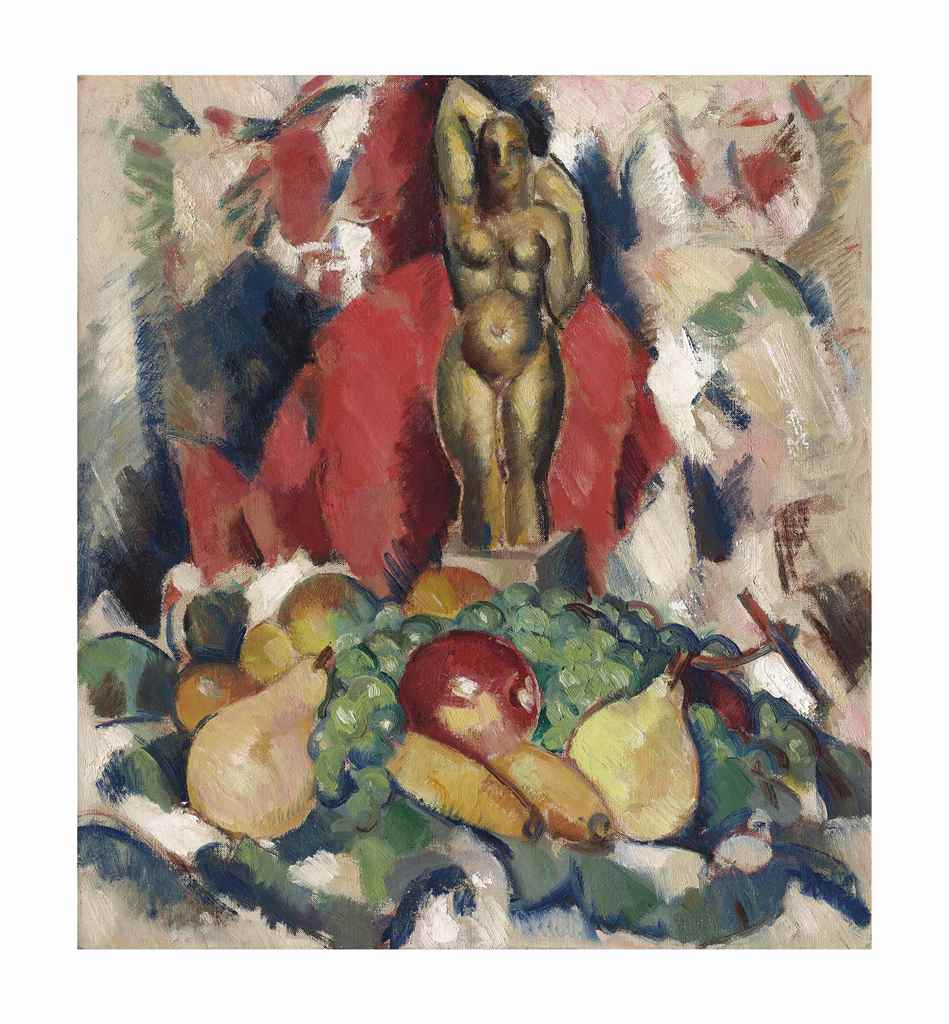
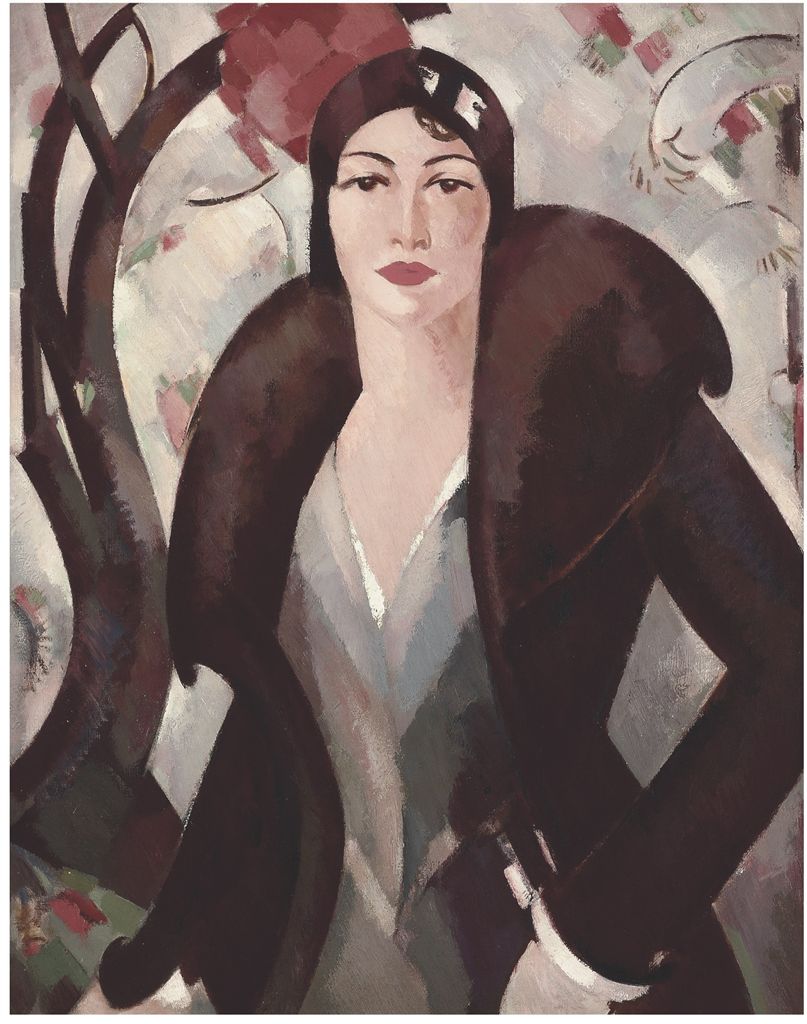
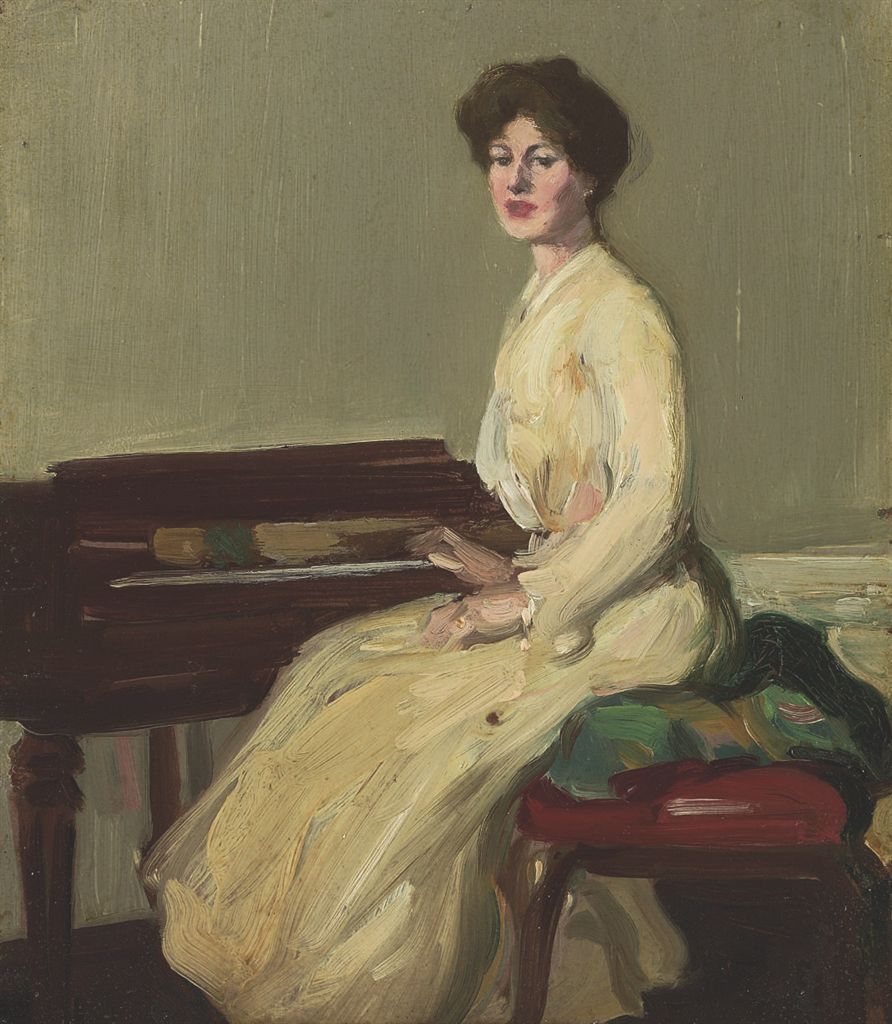
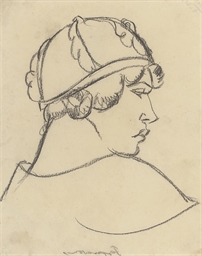
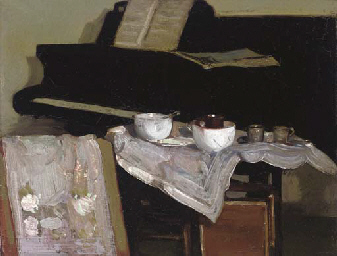
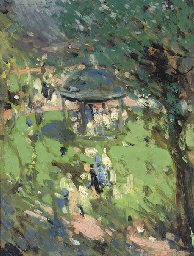
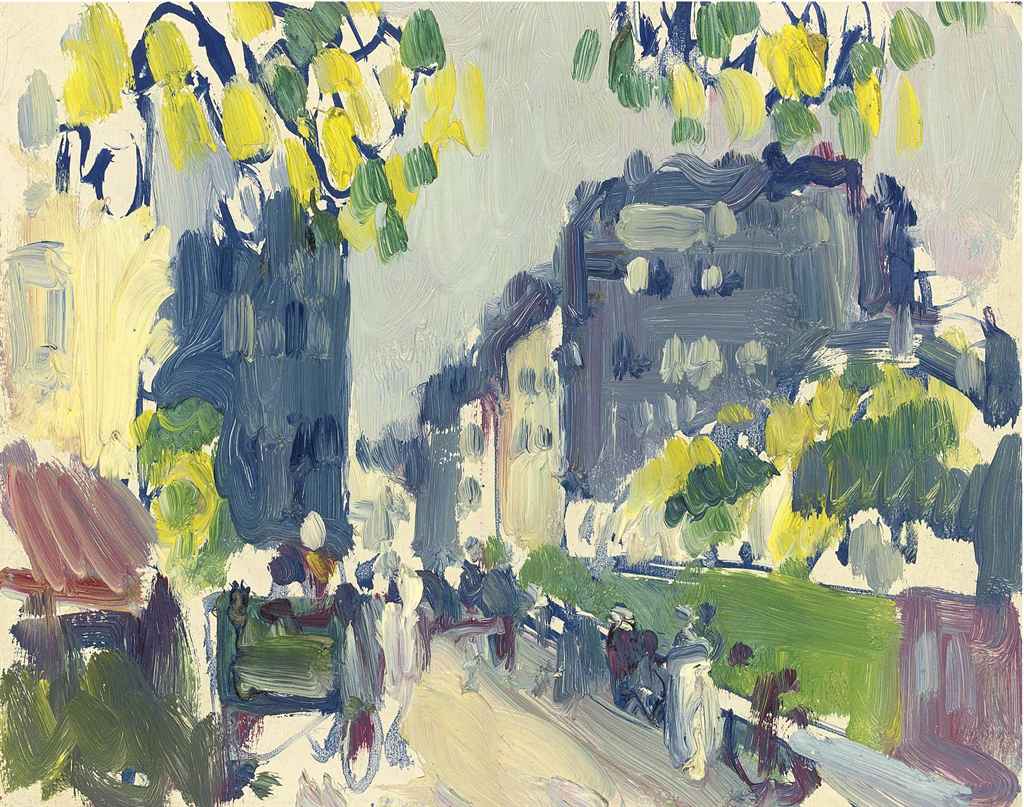
Try LotSearch and its premium features for 7 days - without any costs!
Be notified automatically about new items in upcoming auctions.
Create an alert